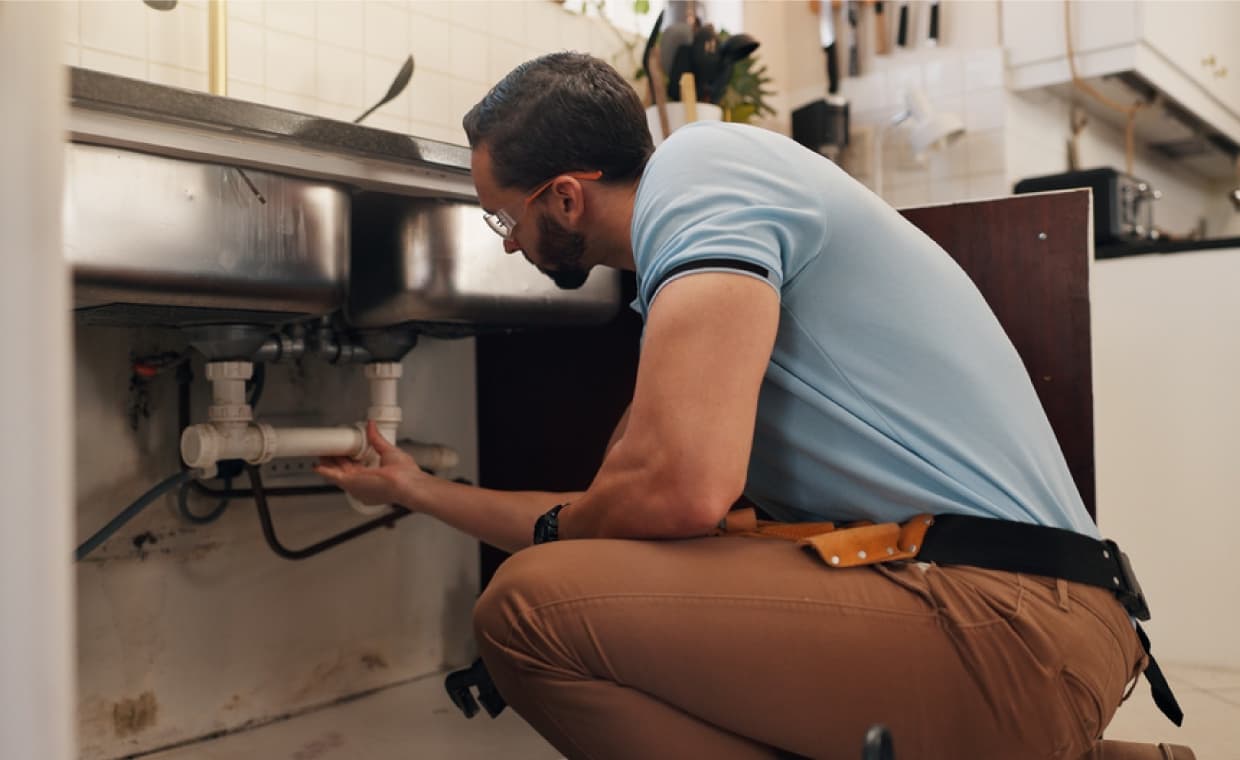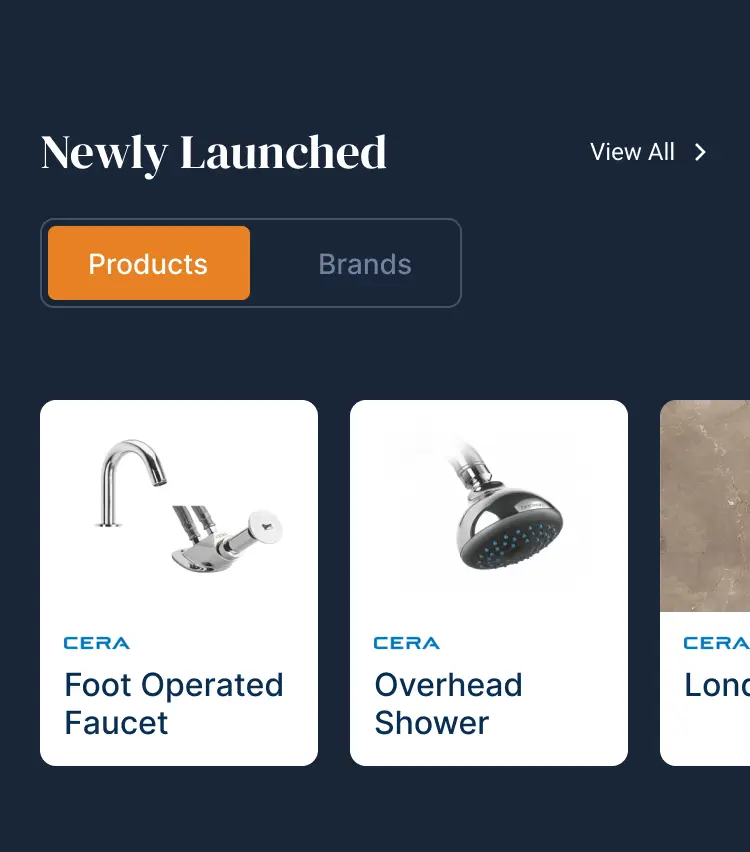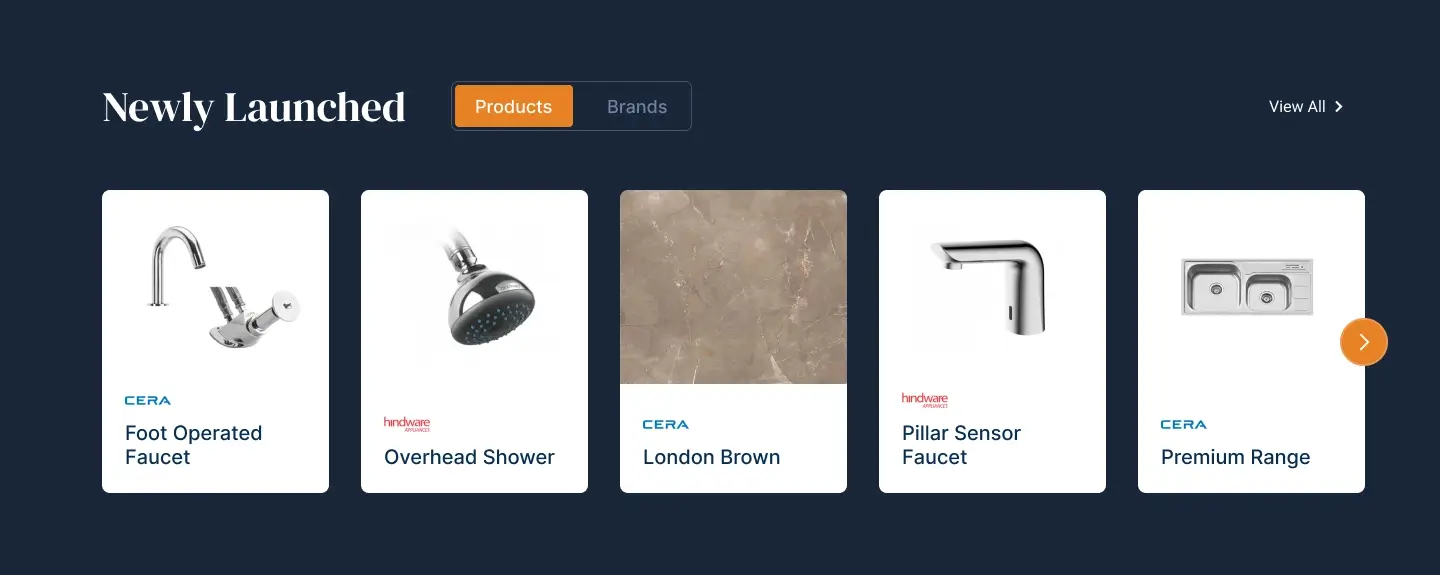
Table of Contents
Quick Overview
Here is the quick summary on avoiding plumbing emergencies with regular maintenance:
- Early clog repairs cost a few hundred dollars, while flood restoration can exceed $10,000.
- Even small leaks behind toilets, under sinks, or near water heaters can cause serious damage over time.
- Annual inspections, water heater maintenance, and winterizing pipes help prevent failures.
- Outdated piping (like galvanized steel or polybutylene) should be replaced with modern materials such as PEX or copper.
- Building a long-term relationship with a plumber ensures better care and priority service.
- Smart plumbing technology, like leak detectors and automatic shut-off valves, can prevent disasters before they escalate.
Have you ever had to deal with water pooling in your home in the middle of the night? When this happens, you will know that you should have paid more attention to plumbing maintenance.
If you want to avoid0 similar issues, as well as slow drains and weird plumbing noises, this article is for you. Here, a plumber in Harrisonburg, VA, shares how you can avoid plumbing emergencies with maintenance.
The True Cost of Waiting Until it Breaks
Postponing maintenance is an easy way to triple your repair bill once you need to get things fixed. And that doesn’t count water damage, mold remediation, or replacing ruined flooring. Water leaks in U.S. homes waste over 1 trillion gallons annually, and much of it comes from preventable failures.
Here’s what plumbing repairs can cost you:
- $125–$350 for basic clog removal if handled early
- $3,000–$10,000+ for flood restoration after a major pipe burst
- Higher water bills from slow leaks and faulty fixtures
What is Preventive Maintenance in Plumbing?
Preventive maintenance is a proactive system of checks, minor repairs, and ongoing attention to your home’s water systems. Licensed plumbers look for early signs of corrosion, minor leaks, or pressure irregularities before they snowball.
“Maintenance safeguards your property. You’re paying to not get surprised,” shares a certified plumber.
Hidden Trouble: Why Small Leaks Matter More Than You Think?

Slow drip in the kitchen sink or the barely-noticeable moisture in your basement can worsen when you least expect it. Before they do, those are your plumbing systems waving a red flag. Small leaks lead to mold, rot, and structural damage over time.
Hidden leaks can lurk in:
- Behind toilets and under sinks
- Around water heaters and washing machine hoses
- In walls near showers or bathtubs
Routine Inspections Keep You in Control
Every home benefits from an annual plumbing checkup, especially older properties. Thermal imaging and moisture meters come in handy to catch weaknesses you’d never notice. And if your pipes are made of galvanized steel or polybutylene, you may be one step away from disaster.
Pipe corrosion or scaling is one of the most common signs of problems pros look for during an inspection. Loose connections, pressure fluctuations, and signs of tree root intrusions in sewer lines closely follow this.
Your Water Heater Might Be a Ticking Time Bomb
If your water heater is pushing 8 to 12 years, or is showing signs like rust-colored water, odd noises, or fluctuating temperatures, it’s time to act. Flushing sediment yearly can help, but sometimes replacement is the safer option.
Pay especially close attention to rumbling or popping sounds, leaks, and long wait times for hot water.
Winter is Coming: Don’t Let Your Pipes Freeze

Cold snaps cause thousands of homes to flood every winter. A frozen pipe expands and cracks, spilling gallons per minute once it thaws. Prevention is simple, but timing is key.
Winterize Smartly:
- Disconnect outdoor hoses and shut exterior valves
- Wrap exposed pipes in foam insulation
- Keep cabinets open and the heat on during freezes
What is Your Plumbing Made Of?
If you have outdated piping, it may already be corroded from the inside out due to buildup. This buildup narrows the flow and increases pressure, setting you up for a blowout.
Modern Alternatives:
- PEX Piping: Flexible, freeze-resistant, and durable
- Copper: Long-lasting, great for water quality
- PVC/CPVC: Common in drain lines and newer homes
Why Building a Relationship with a Plumber Pays Off?
Emergency plumbers charge premium rates. When you find a trustworthy plumber early and stick with them, they learn your system and can plan future work accordingly.
Priority scheduling, familiarity with your home, and honest guidance are just some of the benefits you get when you stay in touch with a local plumber.
Let Technology Watch Your Pipes

Smart plumbing gadgets monitor your system even when you’re not home. From water shut-off valves that stop leaks automatically to sensors that alert your phone when moisture is detected, tech can stop damage before it starts.
Smart Upgrades Worth Considering:
- Leak detectors under sinks and behind appliances
- Whole-house automatic shutoff valves
- Low-flow fixtures to conserve water
Every plumbing emergency starts small. Being proactive keeps you ahead of the damage once it worsens, effectively reducing the cost of repairs. If you’ve been putting off maintenance, this is your sign to contact a trusted plumbing company for an inspection and maintenance.
Also Read: 17 Plumbing Maintenance Tips for Your Home
FAQs on Avoiding Plumbing Emergencies
1. Why Plumbing Maintenance is Important?
Regular plumbing maintenance will prevent costly emergencies like burst pipes, flooding, and mold damage. Alos, it will extend the life of your plumbing system and reduces water waste.
2. How Often Should You Schedule a Plumbing Inspection?
At least one annual plumbing checkup is necessary. Older homes or those with outdated pipes may require more frequent inspections.
3. When Should You Replace Water Heater?
Mostly after 8 to 12 years, you need to replace it. Signs it’s time for repair or replacement include rust-colored water, odd noises, leaks, and fluctuating hot water.






























